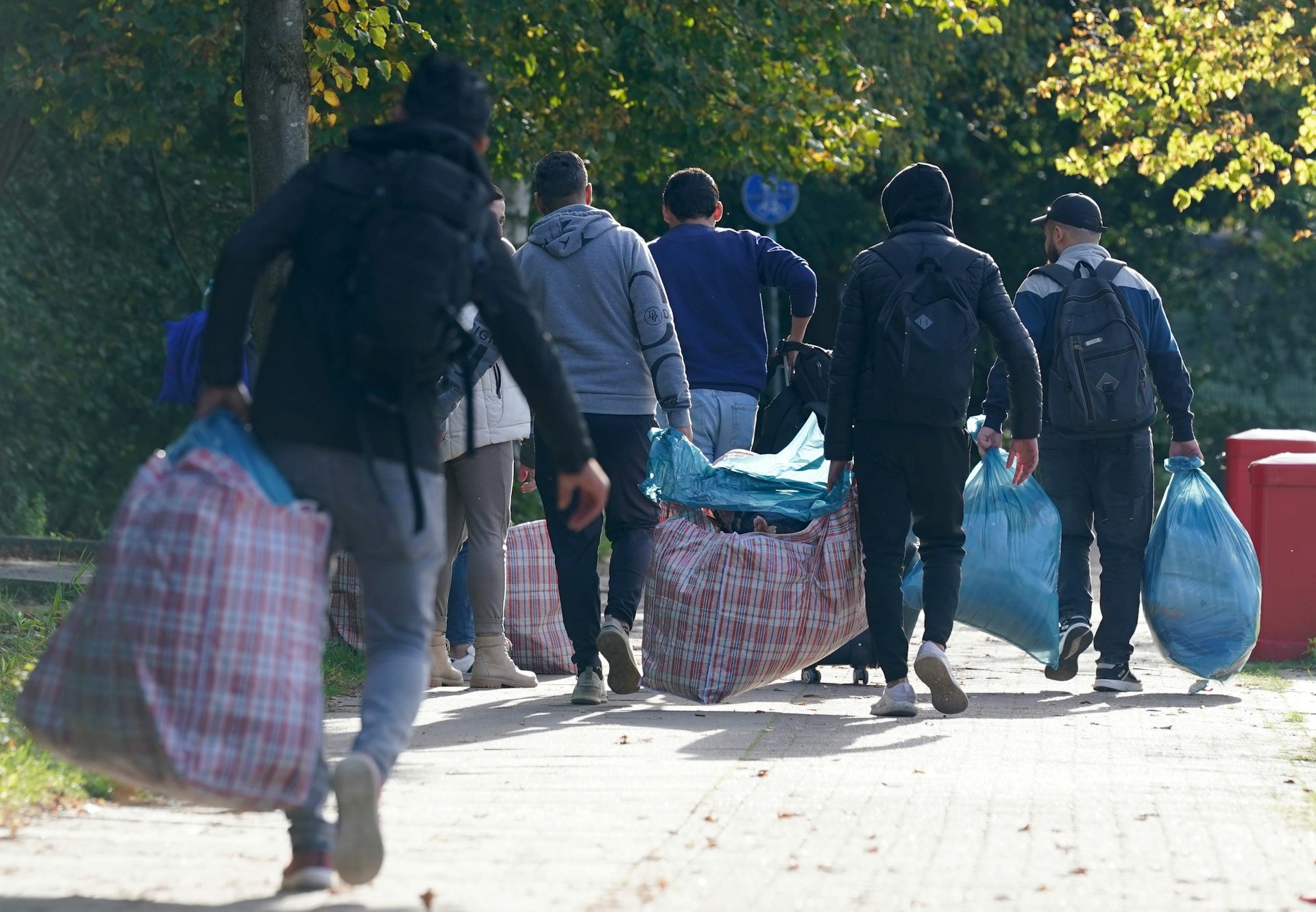Syrian Kabuki
Are air strikes really a way to hold the Syrian regime responsible for its alleged atrocities against humanity? History says no.
Despite outcries from horrified aficionados of Japanese theater, the term “Kabuki” seems to have found a permanent place in the American political lexicon. The term refers to an act that is more a contrived and ritualized posturing than a useful means to an end.
As someone who has written and taught about the Middle East for more than 30 years, I have seen more than my share of Kabuki.
Take Syria. On April 4, 2017, 90 people died from a nerve gas attack attributed to the Syrian government in the Syrian town of Khan Sheikhoun. Two days later, President Donald Trump authorized a cruise missile strike on the air base from which the Syrians launched their attack. And two days after that, the base was up and running again.
Almost a year later, on April 7, 2018, there came reports of another chemical attack. This time it was in Douma, a town near Damascus. The United States, along with the United Kingdom and France, launched a retaliatory strike, hitting chemical weapons research and storage facilities in Homs and Damascus. Two days before the strike, the government had raised the Syrian flag over Douma and began evacuating opposition fighters and their families to the next front.
As United States’ Ambassador to the United Nations Nikki Haley put it, in launching the strikes “we acted to deter the future use of chemical weapons by holding the Syrian regime responsible for its atrocities against humanity.”
Not if the past is any indication. Indeed, Haley herself noted that over the years the Syrian government has used chemical weapons 50 to 200 times. That is hardly a testimonial to deterrence.
Current conditions make deterrence even more unlikely. The presence of Russian and Iranian troops, military contractors and equipment means that any future response to a Syrian chemical weapons attack has to be as carefully calibrated as this past one was. Otherwise, the United States might find itself in a wider conflict.
It might even be argued that such calibration erases a retaliatory attack’s deterrence effect. The Assad government will be able to factor in the upper limits of an American response when weighing future benefits from the use of chemical weapons.
It is reported that 40 people died in Douma as a result of chemical weapons. More than 31,000 died in the four-year long Battle of Aleppo as a result of bombings, the targeting of medical facilities and personnel, and starvation. It might be time to reassess questions of lethality and legality, determine what is truly important in the Syrian conflict, and base policy on delivering the goods rather than striking a pose.
James L. Gelvin does not work for, consult, own shares in or receive funding from any company or organization that would benefit from this article, and has disclosed no relevant affiliations beyond their academic appointment.
Read These Next
West Bank violence is soaring, fueled by a capitulation of Israeli institutions to settlers’ interes
Reluctance to address settler violence is the outcome of deep social, political and cultural changes,…
Germany’s plan to deport Syrian refugees echoes 1980s effort to repatriate Turkish guest workers
Some 1 million Syrians were welcomed in Germany after fleeing civil war. They are increasingly unwelcome…
Hope and hardship have driven Syrian refugee returns – but many head back to destroyed homes, land d
A quarter of the 6 million Syrians who fled the country during the decadelong civil war have returned…






